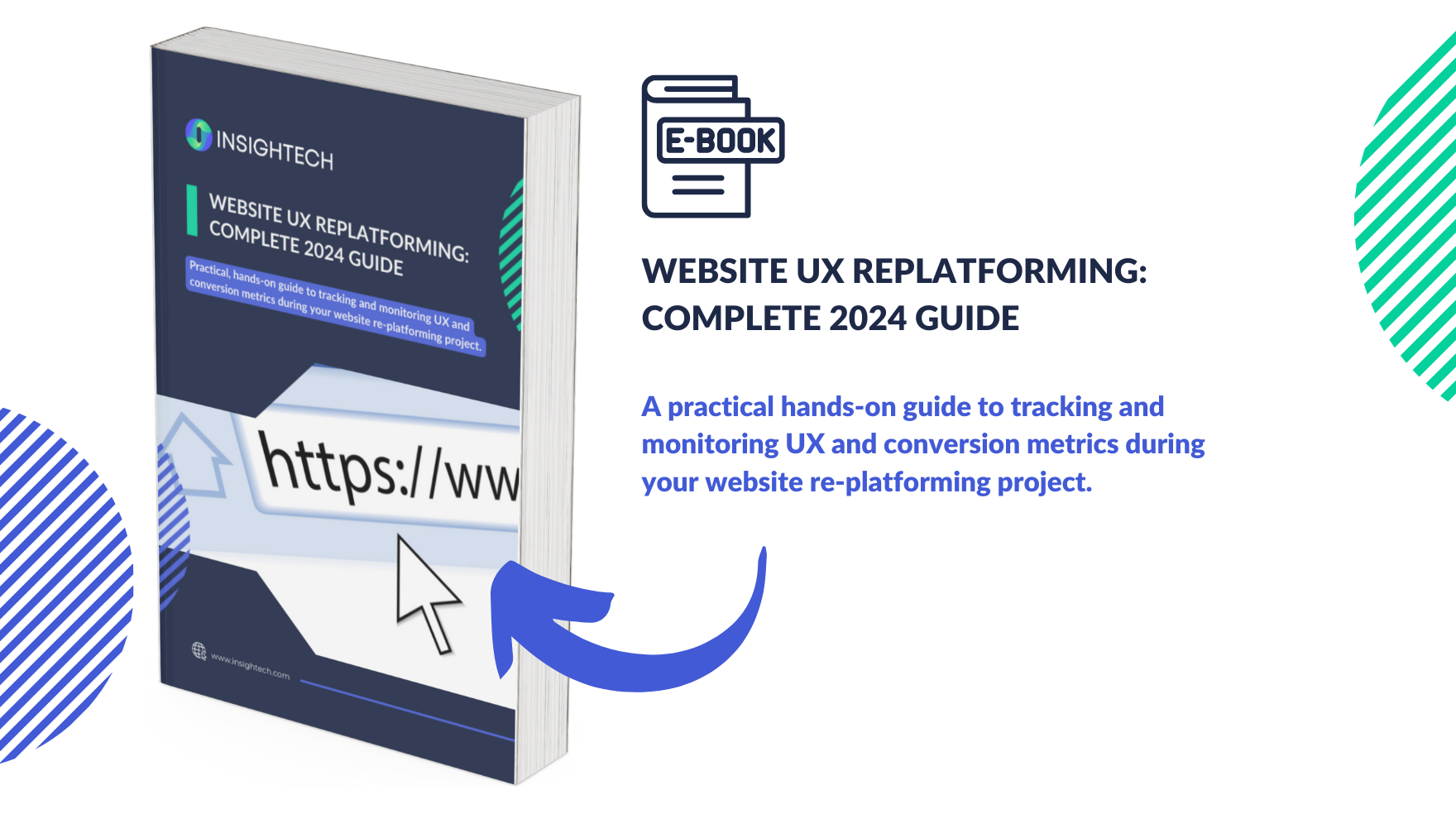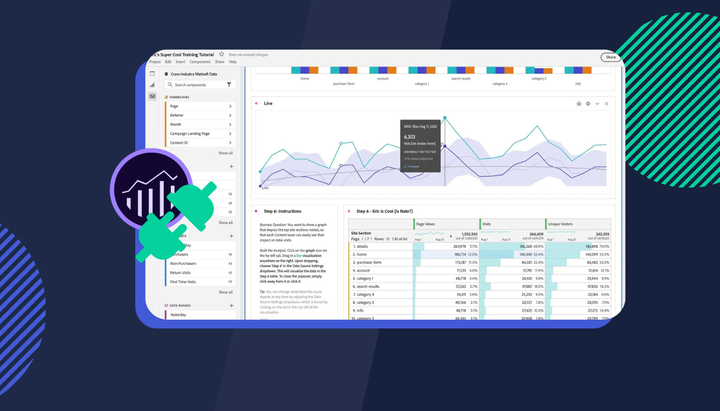Dimensions and Metrics in GA4
One of the coolest things about GA4 is that some dimensions and metrics are populated automatically when you set up GA4 on your site or app. Learn more.

Hey there! If you've recently made the leap to Google Analytics 4 (GA4) you might want to learn about a crucial piece of the GA4 puzzle: dimensions and metrics.
What's the Big Deal with Dimensions and Metrics?
In the simplest terms, dimensions and metrics are how GA4 categorises and measures the vast amount of data from your website or app. Dimensions are the attributes of your data, like the pages visited on your site or the type of device used. Metrics, on the other hand, are quantitative measurements, such as the number of page views or sessions.
Automatically Populated Goodies
One of the coolest things about GA4 is that some dimensions and metrics are populated automatically when you set up GA4 on your site or app. This means right out of the gate, you're already collecting a wealth of information without lifting a finger for additional configuration.
Custom Dimensions and Metrics: Tailor Your Data
GA4 understands that not all businesses are the same, and sometimes, you need to track things uniquely important to you. That's where custom dimensions and metrics come into play. If GA4 doesn't automatically capture something you need, you have the power to create your own. This level of customisation ensures that your analytics truly reflect your specific business needs and goals.
The Mystery of "Not Set"
Ever come across "(not set)" in your reports and wondered what it means? It's GA4's way of saying, "Hey, I didn't get any information for this dimension." It's a placeholder for missing data, but don't worry, there are ways to troubleshoot and minimise these occurrences to ensure your reports are as accurate and informative as possible.
A Closer Look at Some Key Dimensions and Metrics
GA4's dimensions and metrics cover a broad spectrum, from user demographics to the intricacies of traffic sources. Here's a sneak peek into some categories you'll find:
- Attribution: Understand the journey that leads users to convert, with details on campaigns, mediums, and sources.
- Demographics: Get to know your audience with age, gender, and interests.
- eCommerce: Dive deep into shopping behaviour, from product views to purchases.
- Events: Track interactions across your site or app, like file downloads or video plays.
And this is just the tip of the iceberg. GA4 offers dimensions and metrics across various categories, including user behaviour, ad performance, and even predictive metrics, giving you a comprehensive view of your digital landscape.
Further reading you may be interested in:
- Beyond GA4: A Comprehensive Look at Analytics Alternatives
- Why We Shouldn't Settle for Sampled Data in Session Replay Recordings
- Simplify Interaction Tracking in GA4 with Enhanced Measurement + Insightech
While we have you, are you thinking of replatforming? Try our step-by-step guide (with free templates)

- Identifying Limitations of the Current Platform
- Aligning Re-platforming Goals with Business Strategy
- Conducting a Comprehensive UX, Marketing and Tech Audit
- Questions to consider when analysing your site’s digital experience



